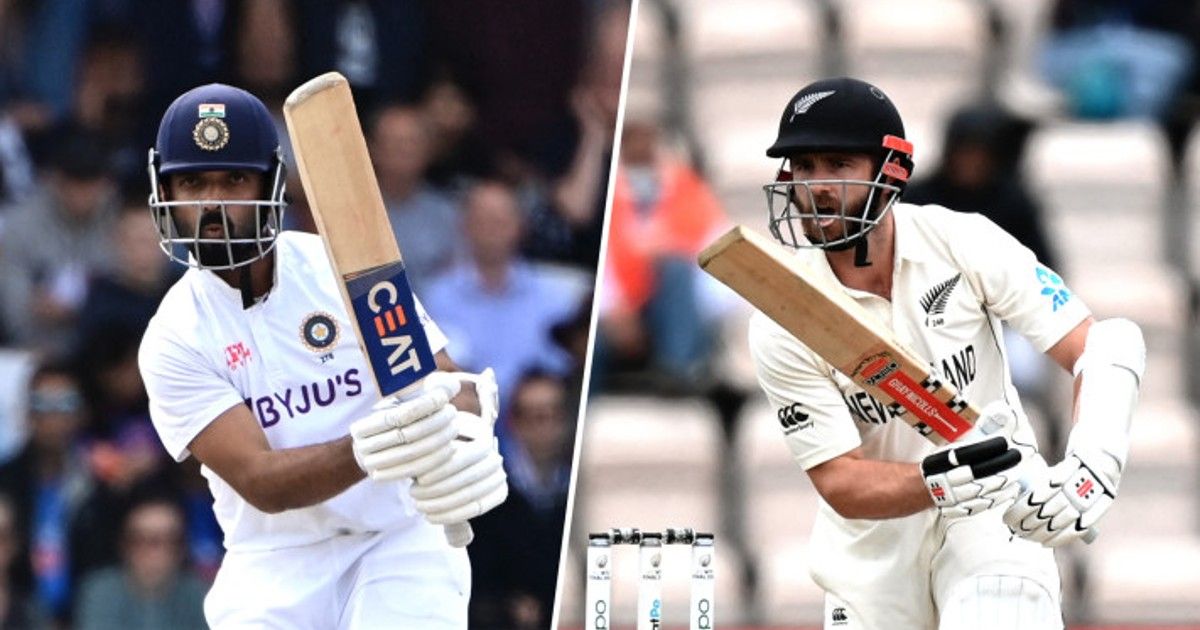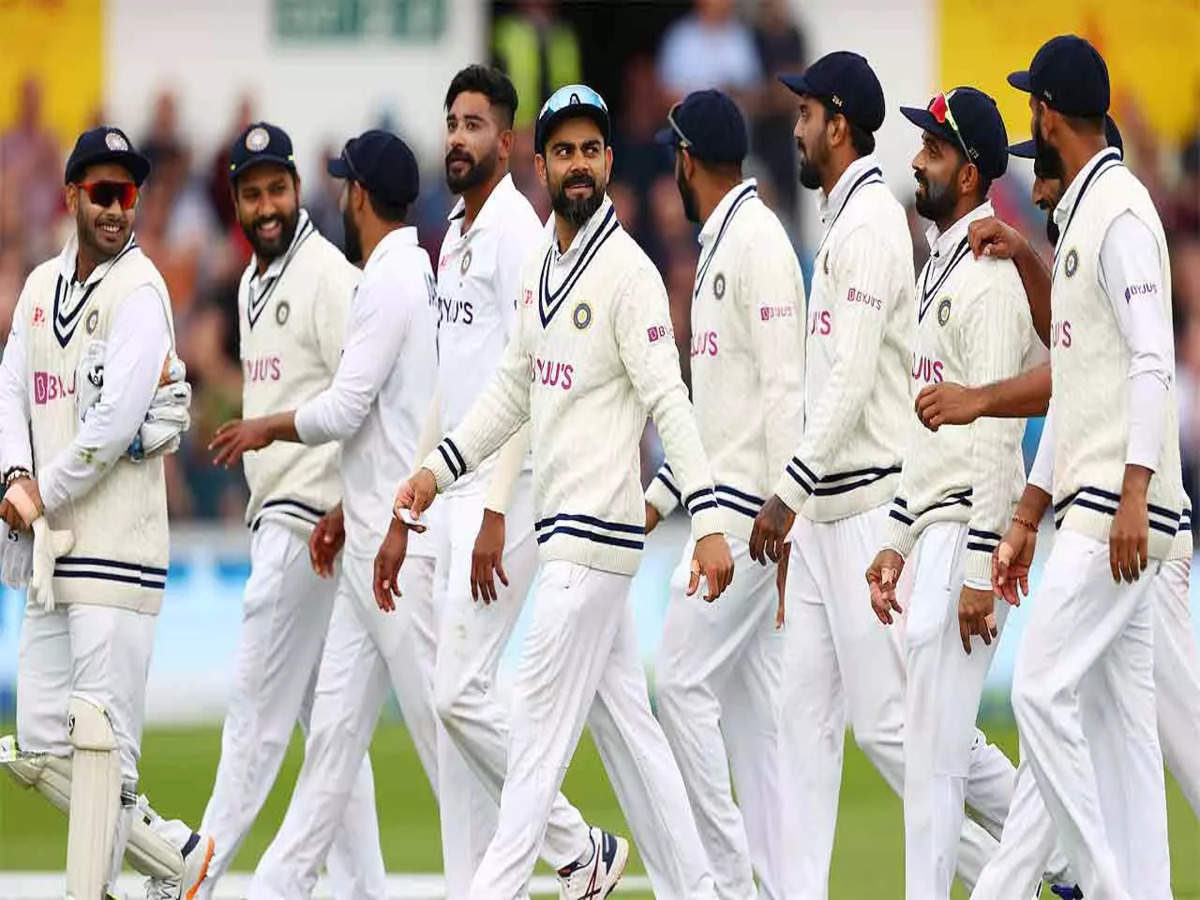A day ago, there was an interesting article in www.espncricinfo.com about Ashwin’s desire to disallow the non-striker from backing up. Other news agencies would have also picked up this thread without a doubt. Ashwin’s desire of not allowing the non-striker to backup, does it make sense? Is it even possible? Let us discuss
Batsmen are in a cocoon
The game is heavily loaded in favour of the batsmen. With short boundaries, lack of bite on the wickets, field restrictions, limit number of overs a bowler can bowl in the short format, archaic LBW laws and various other batsman friendly rules have ensured that the batsmen is taken care of. It is the bowler who is made to pay a very heavy price not only because of the above mentioned rules but also because of the not so friendly attitude towards them by the authorities who run the game. Mind you, bowling and especially fast bowling requires tremendous amount of effort. There are lots of ODIs and T20 where runs per over in excess of 7 are scored without the batsmen sweating. Technology has helped the bowlers when it comes to stumping and runout but more is required.
Hence, it not only makes sense to restore the balance but it is the most crucial change that the game requires and requires rather immediately. Ideas can come from everywhere but when it comes from an international player, it will add a lot of value.
Ashwin’s idea to restore balance
Ashwin wants to restore the balance between bat and the ball albeit to a little extent. He wants to disallow the runs scored off any delivery in which the non-striker backs up. He also wants a free ball to be allowed for the bowler just like the free hit for batsmen. There is also the existing rule of “Mankad”. This is something most of the cricketing fraternity frowns upon.
I am completely in favour of not allowing the non-striker to backup. Not a few feet, not a few centimetres. The non-striker must not move an inch before the ball is bowled. Infact, I will go on to say that the non-striker must not go out of the crease until the batsman plays at the ball or the ball passes the batsman. However, this is impossible to monitor. Let us stick to not allowing the non-striker to leave the crease before the ball is bowled.
Case for not allowing the non-striker to leave the crease
A bowler is not allowed to step over the line. It is called a no-ball and rightly so. Allowing the bowler, especially, the fast bowler to bowl from anywhere will not only make a mockery of the game but it can also lead to serious injury. Hence, the bowlers are required not to cross the popping crease. Let us imagine another scenario of the keeper warning the batsman not to venture out of the crease else he will stump the batsman out. Is a batsman entitled so such a warning? Certainly not. The keeper is expected to whip the bails off if he sees the batsman out of the crease.
A non-striker leaving the crease before the ball is bowled to gain an advantage, especially when it comes to tight run, is tantamount to cheating. We all know that tampering the ball is cheating. Non-striker backing up must be treated on par with ball tampering. A lot of games, mainly the short format ones are won with the margin not being that high. A good batsman can come on strike easily when a non-regular batsman is on strike. A batsman who is having a tough time against a particular bowler, will be able to escape to safely quite easily. A batsman who fancies playing a specific bowler but is at the non-striker’s end can come on strike if he cheats a little.
Solution proposals
There are various schools of thought. Disallow the runs scored of that delivery. Make “Mankading” mandatory. Warn the batsman before such an act. Adjudge the next delivery as a Free Ball. Of all these, disallowing the batsmen the runs scored of such a delivery seems to be the simplest of all but what if no runs were scored but the non-striker was found backing up or the striker gets out? I will go on to advocate that irrespective of what happens at the striker’s end, the non-striker must be given out if he is found to be backing up. Yes, this will lead to a situation where both the batsmen are out of one delivery or a side will lose 11 wickets instead of 10 but that should not stop from preventing the non-striker to cheat.
This has never happened before but doesn’t mean it cannot happen ever. For everything there is a start. About 20 years back, few thought that runouts and stumpings will be decided by the 3rd umpire. It did happen and we all got used to the change. It only helped in the betterment of the game. Similarly, this rule change will take getting adjusted to but adjust we and the players will, eventually. The need of the hour is to stop the batsman from cheating and restore some parity.
How to accomplish this?
This part is by far the most easiest. In every game, we have 2 umpires, 1 third umpire and a match referee. This frankly is overkill. Most often, the third umpire and the match referee does not have anything to do. They are probably stiff bored. If only the match referee is much more involved or does his duties properly, the likes of Kohli, Warner would have mellowed down a long time back.
Make one of the two to watch the non-striker’s movement with the help of technology. This does not require additional camera because the camera is already there. If he sees the batsman has stepped out of the popping crease call the umpire and declare the batsman out. By the way, it is not enough if the bat stays behind the crease but the batsman must physically be behind the crease.
Already, the TV umpire is required to call No-Balls in ODIs so one more addition to their job will not be much work.
What is your thoughts on Ashwin’s suggestion? Will it help in the batsmen gaining unfair advantage?



